Ok..... Miracle gro is not organic..... but
sharon2079
last year
Featured Answer
Sort by:Oldest
Comments (10)
Related Discussions
Miracle Gro organic garden soil and others
Comments (2)I wouldn't use any of them to start seeds, grow seedlings, or use in containers (the MG Garden Soil isn't supposed to be used in containers anyway) but I would add all of them to the garden bed with no hesitation. Mix them in a bit when you do for best benefits. Dave...See MoreMiracle Gro organic potting soil -- needs fertilizer?
Comments (2)Very interesting, I have had problems with Miracle-Gro seedling mix go mouldy-green on me before. I now buy other brands, and don't get the GREEN. I'm not sure of the exact "type" of Miracle-gro product I used at the time, and I can't say the green was detrimental to my seeds....but it kinda grossed me out! good luck and good growing to you...See Moretoo much oxygen? Miracle Gro OK?
Comments (1)The main difference between hydro and soil fertilizers is the nitrogen source. Ideally, only calcium and potassium nitrate are used in hydro, where soil fertilizer often uses urea and ammonium based nitrogen. The urea requires a soil orgainsm that does not exist in a hydro system to convert to a usable product. The ammonium nitrogen can cause root damage if too much is used....See MoreMiracle Gro Organic Choice potting mix to start seedlings
Comments (13)I used the Jiffy mix (bought at WalMart) to start my seeds in. I purchased some VERY small tomato seedlings in Jan (We're talking 3" at the very most), when I knew absolutely nothing about what I was doing, and put them in the MG organic potting mix in containers outside, and kept them outside in some pretty chilly temps. (You may have seen some of my previous posts on this.) To my surprise, they are doing well. (They had a few unhappy days, but have since perked back up.) I bring them inside when the temps fall below 40 at night, but otherwise, they stay out and are growing. (We'll see how they produce in comparison to my other plants) I realize this doesn't answer your question about starting your seeds in the MG Organic mix, but it does at least give you some perspective as to how well some very small seedlings worked in that medium. : )...See Morestrawchicago z5
last yearlast modified: last yearsharon2079
last year
Related Stories

HOLIDAYSMake a Showstopping Fall Centerpiece That Lasts
With flowers that will dry beautifully, succulents and wood circles, this organic arrangement will wow guests all season long
Full Story
PETSSo You Want to Get a Cat
If you're a cat lover, the joys outweigh any other issue. If you haven't lived with one yet, here are a few things to know
Full Story
MATERIALSInsulation Basics: What to Know About Spray Foam
Learn what exactly spray foam is, the pros and cons of using it and why you shouldn’t mess around with installation
Full Story
GARDENING GUIDESCommon Myths That May Be Hurting Your Garden
Discover the truth about fertilizer, soil, staking and more to keep your plants healthy and happy
Full Story
MOST POPULARThe Perfect Houseplant for People Who Kill Houseplants
If you can fill a jar with water, you can keep golden pothos vine happy — and it will pay you back with cleaner air and a greener home
Full Story
HOUSEKEEPINGHow to Clean Your Washing Machine
Cleaning your washer once a month will ensure that it stays spick-and-span along with your clothes
Full Story
HOUZZ TOURSHouzz Tour: Couple’s Forever Home by a Texas Lake
A builder designs a house around the owners’ love of midcentury modern design and quilting
Full Story
PETSDealing With Pet Messes: An Animal Lover's Story
Cat and dog hair, tracked-in mud, scratched floors ... see how one pet guardian learned to cope and to focus on the love
Full Story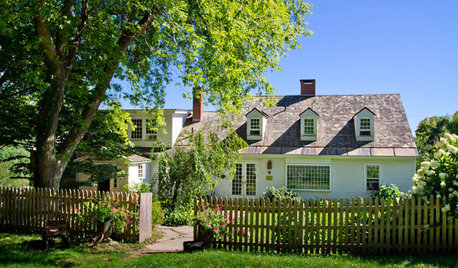
LIFECreate a 'Forever House' Connection
Making beautiful memories and embracing your space can help you feel happy in your home — even if you know you'll move one day
Full Story
BEFORE AND AFTERSSee 6 Yards Transformed by Losing Their Lawns
Wondering whether a turf lawn is the best use of your outdoor space? These homeowners did, and they found creative alternatives
Full StorySponsored
More Discussions




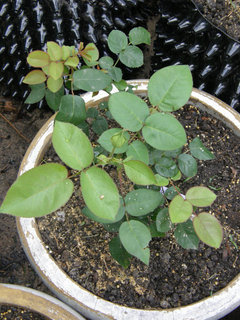
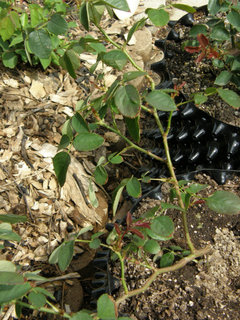

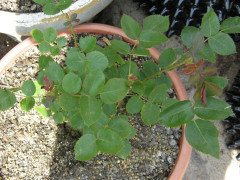

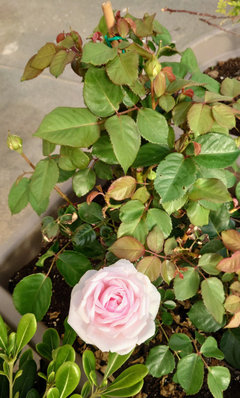
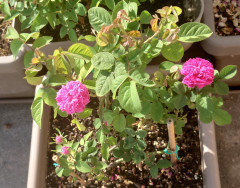

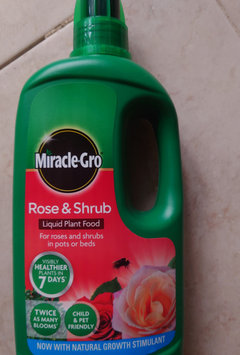



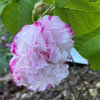
rosecanadian